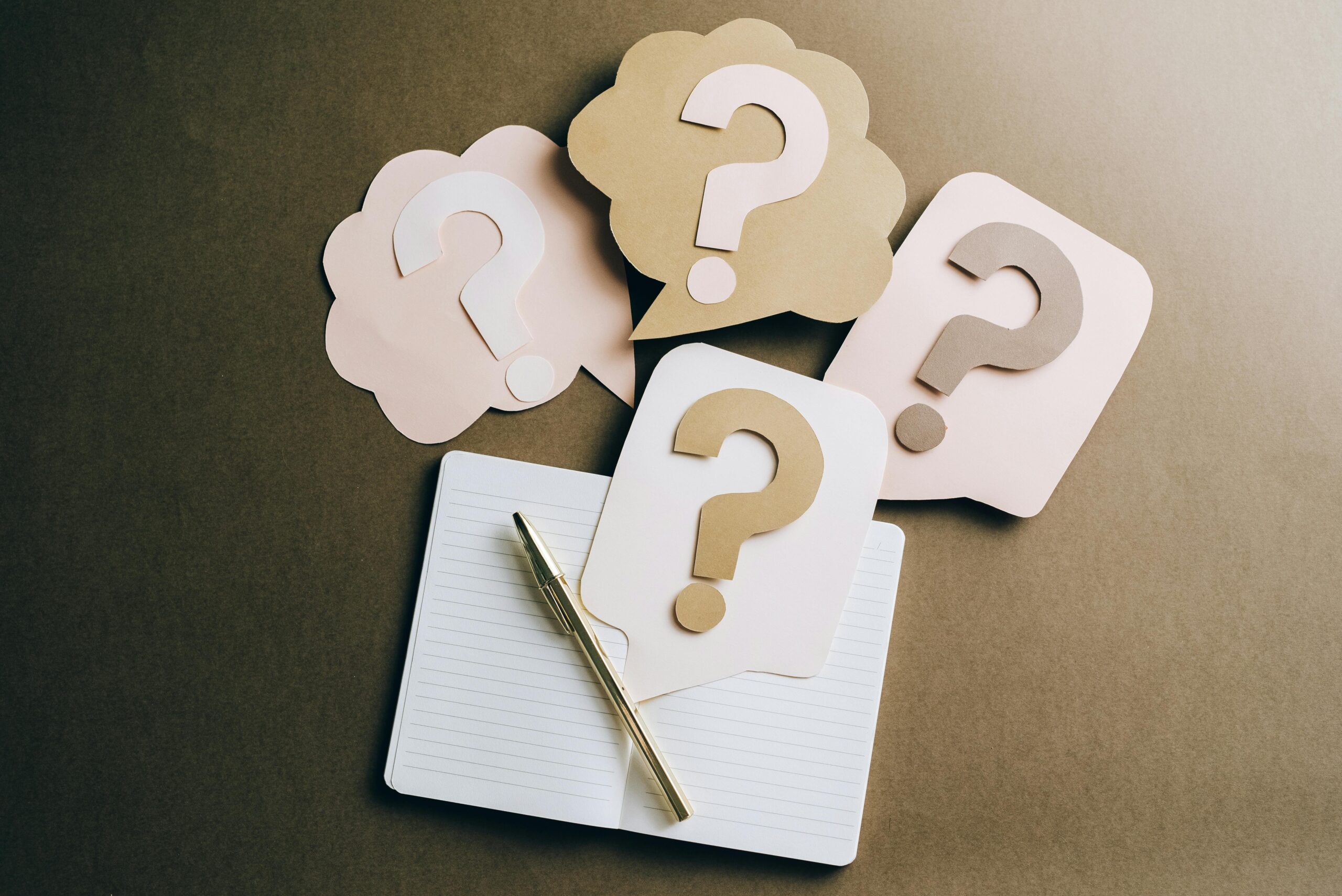
¡Hola, amigos! When using querer (to want) in the past, it is more common to use the imperfect tense rather than the preterite (simple past) tense for several reasons:
1. Ongoing States: The imperfect tense conveys actions or states that were ongoing or habitual. When someone says quería (imperfect), it suggests a continuous desire or intention that was present over a period of time. This is often more reflective of how people experience their wants and needs, which can be fluid and not confined to a single moment:
Cuando era niño, quería ser médico.
When I was a child, I wanted to be a doctor.
.
2. Context of Repeated Actions: The imperfect is often used to describe repeated or habitual actions in the past. For example, let’s take the following sentence:
Todos los veranos, quería ir a la playa.
Every summer, I wanted to go to the beach.
It emphasizes the frequency and continuity of a desire.
3. Background Information: In storytelling or conversation, the imperfect provides background context. It helps set the scene for what was happening in the past before a specific event occurred. For example, let’s take the following example:
Quería comprar un coche cuando vi el anuncio.
I wanted to buy a car when I saw the ad. — The desire is part of the ongoing situation.
It establishes the desire as part of an ongoing situation.
4. Emotional States: The imperfect tense is commonly used to express emotional states or desires. Since wanting something often reflects a feeling rather than a completed action, quería (imperfect) captures that nuance better than quise (perfect), which indicates a more definitive and completed intention:
Durante la fiesta, quería bailar con ella.
During the party, I wanted to dance with her. — This expresses an ongoing feeling.
WHEN DO WE USE “QUISE”?
The preterite (simple past) is typically used for specific actions that happened once and were completed. Using quise would imply that the desire was limited to a particular moment, which doesn’t always align with the way people think about their wants over time. But remember: we might use sometimes the simple past in the cases above if we really view the desire as a point in time instead as something that was going on.
Here are some examples when we might use the simple past with querer:
El verano pasado, quise ir a la playa.
Last summer, I wanted to go to the beach. — This indicates a specific instance rather than a repeated desire. It’s like we see our desire like a photograph.
Quise comprar un coche, pero no tenía suficiente dinero.
I wanted to buy a car, but I didn’t have enough money. — This frames the desire as a completed intention.
En la fiesta, quise bailar con ella.
At the party, I wanted to dance with her. — This implies a momentary desire rather than an ongoing one.
In short, while it’s true we use more often the imperfect past with querer than the simple past, you shouldn’t get obsessed with this. In case of doubt, go for the imperfect past. With time, the more you talk, you’ll realize by yourself when to use the imperfect past or the simple past.




